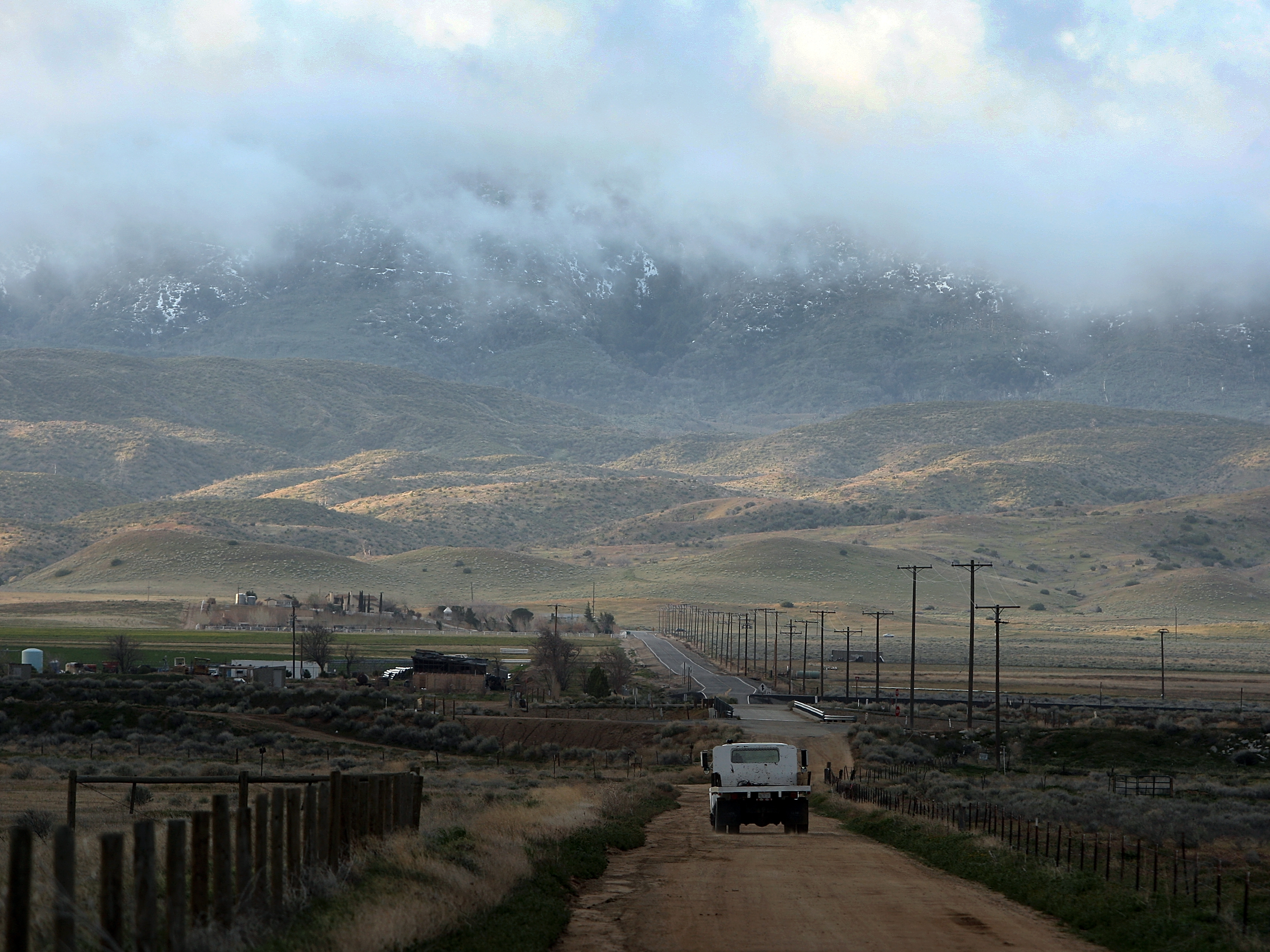- Los Angeles County is revisiting a plan to turn one of its few remaining expanses of undeveloped land into a 12,000-acre mixed-use community.
- The project has incited criticism among environmental groups, which are concerned about rising pollution levels and the destruction of natural habits.
- Developers argue that the project could be a solution to Los Angeles’ housing crisis, though it calls for only 10% of new units to be made affordable for low-income families.
Los Angeles is dealing with ever-increasing traffic, congestion, and housing prices.
But plans for a new suburban oasis outside the sprawling city are attracting controversy. After decades of opposition from environmental groups, the county is revisiting a plan to transform Tejon Ranch, the largest contiguous expanse of privately owned land in the state, into a mixed-used development featuring a business park and more than 19,000 residential units.
At 270,000 acres, the entire property is eight times the size of San Francisco. But the county would have only 12,000 acres to work with, following a deal it struck with an environmental coalition a decade ago.
Under the agreement, the project’s developer, Tejon Ranch Co., is required to conserve 90% of privately owned wilderness. Some of that land (62,000 acres) will be divvied up for a state park, space for local habitat tours, and part of the Pacific Crest Trail, among other things.
At the time of the agreement, Bill Corcoran, now a regional campaign director at the Sierra Club, described the deal as "the ecological equivalent of the Louisiana Purchase."
Even with organizations like the Sierra Club, the Natural Resources Defense Council, and the Endangered Habitats League on board, the plan continues to garner scrutiny among environmentalists. On the one hand, they argue, new construction could destroy hundreds of native plant species and thousands of acres of habitats. On the other, they fear that a suburban community could encourage the use of cars, further driving up pollution levels and greenhouse-gas emissions.
Their concerns are shared by many urbanists, who see suburban development as a way to avoid much-needed solutions to issues like gentrification, housing affordability, and zoning restrictions.
But proponents of the development, known as Tejon Centennial, argue that it will provide a new set of options for buyers in Los Angeles County. The development would include plenty of open space, in addition to 10 million square feet of commercial property.
The development would also feature a school, police and fire stations, public parks, and a waste-management system.
Developers plan to provide transit options, like buses or ride-sharing services, for people commuting into the city. The goal is to create a self-sufficient community that maintains its urban access.
The project is being heralded by developers as a solution to Los Angeles' affordable-housing shortage - a claim that doesn't quite hold up. Though Tejon Ranch has committed to making 10% of its units affordable, a single-family unit at Tejon Centennial would cost anywhere from $425,000 to $550,000, the Los Angeles Times reports. That's only slightly lower than the median home price in Los Angeles County, and a far cry from being considered affordable for low-income families.
A 2015 report from the California Association of Realtors found that a family earning $54,510 in Los Angeles County could afford no more than $275,530 for a home, according to the Los Angeles Daily News.
To truly address its housing crisis, Los Angeles County would need to build nearly 570,000 units for low-income families, or about 300 times what Tejon Ranch has set aside.

